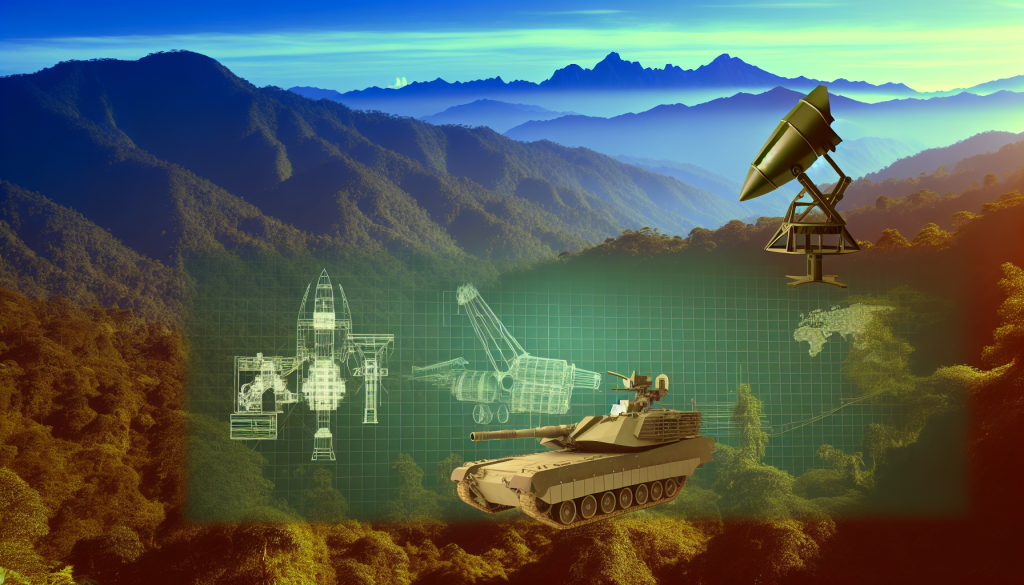Boosting Military ‘Aatmanirbharta’ through Indigenous Initiatives
Arunachal Pradesh Governor Lt. General K.T. Parnaik (Retd.) recently emphasized the importance of enhancing military self-reliance, or “Aatmanirbharta,” through indigenous initiatives by the Indian government. His address, delivered during a significant event exploring emerging technologies and their influence on modern warfare, offers critical insights into the evolving nature of military strategy in the 21st century.
The Concept of Aatmanirbharta
At its core, Aatmanirbharta refers to self-sufficiency, especially in the context of defense. This initiative aims to reduce dependency on foreign defense systems by promoting domestic manufacturing and innovation. The concept aligns with India’s broader vision for economic independence, particularly in military capabilities, which is increasingly crucial as geopolitical tensions escalate.
The Changing Face of Warfare
General Parnaik highlighted that the traditional landscape of warfare is rapidly evolving. New technologies, particularly in the realms of cyber warfare, artificial intelligence, and unmanned systems, are transforming how conflicts are initiated and fought. The increasing reliance on advanced technologies requires military organizations to adapt quickly to maintain a strategic edge.
Revolutionary and Cognitive Technologies
One of the pivotal points in the Governor’s speech was the focus on revolutionary and cognitive technologies. These technologies not only redefine weapon systems but also enhance decision-making processes. Incorporating artificial intelligence in operations can lead to improved situational awareness, optimizing resource allocation and operational effectiveness.
Government’s Indigenous Initiatives
The Indian government has initiated multiple programs to promote defense manufacturing at home. By encouraging private sector participation, offering incentives, and fostering collaborations between the public and private sectors, India aims to create a robust defense ecosystem. Initiatives like the “Make in India” program play a crucial role, providing the necessary framework for industries to thrive.
The Role of Research and Development
To truly achieve Aatmanirbharta, a significant investment in research and development (R&D) is essential. Collaborations between academic institutions, defense organizations, and the industry can lead to innovations that address specific military needs. General Parnaik stressed that investment in R&D can enhance indigenous capabilities, facilitating the design and production of advanced military systems.
Strategic Partnerships and Collaborations
Building strong relationships with other countries can also complement indigenous efforts. Strategic partnerships can facilitate technology transfers and collaborative projects, allowing Indian firms to leverage foreign expertise while ensuring that core competencies are developed domestically. Engaging with global players can accelerate the adoption of best practices and innovative solutions.
Workforce Development and Skill Enhancement
Achieving military self-reliance doesn’t solely depend on technology; it also requires skilled professionals. Developing a highly skilled workforce through training programs, vocational education, and engagement with educational institutions is necessary. This investment in human resources will empower the industry with the talent needed to innovate and operate advanced systems effectively.
Conclusion
Governor Parnaik’s discourse on strengthening military Aatmanirbharta through indigenous initiatives underscores a vital shift in India’s defense paradigm. By embracing emerging technologies, investing in R&D, and fostering collaborations, India aims to not only secure its borders but also establish itself as a capable and self-sufficient global player in defense manufacturing. This initiative positions India to navigate the complexities of modern warfare effectively and fortify its military through homegrown solutions.

